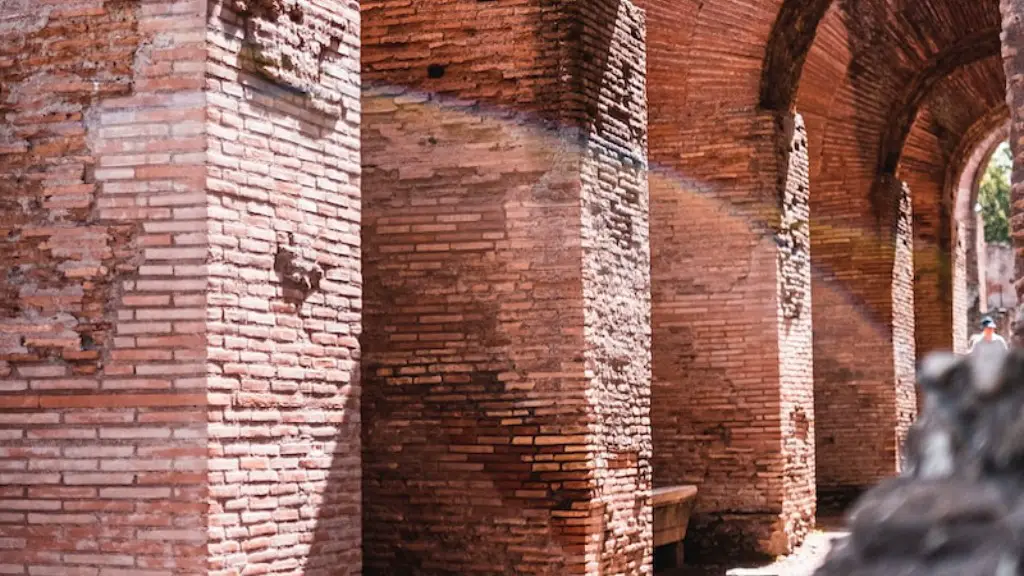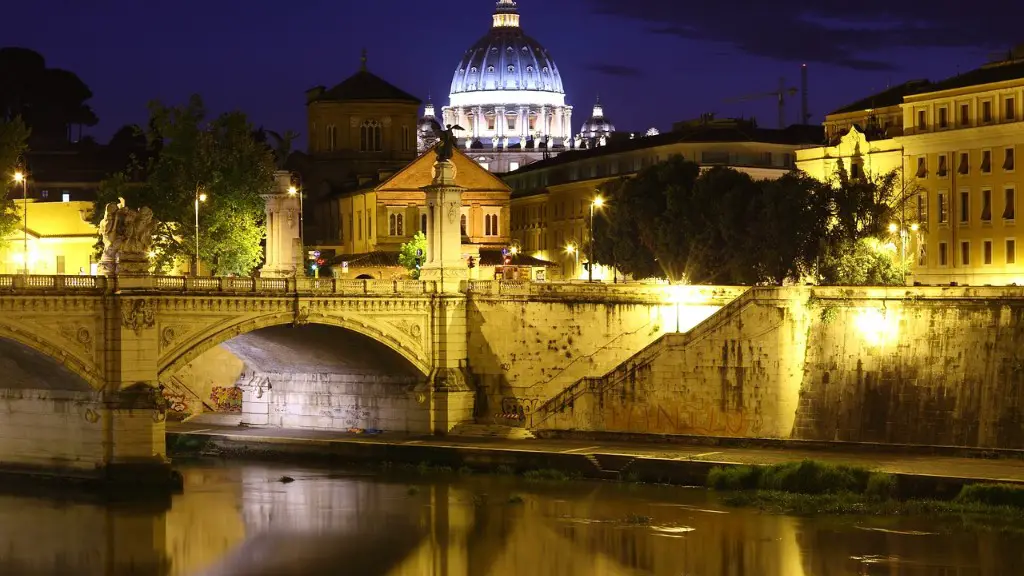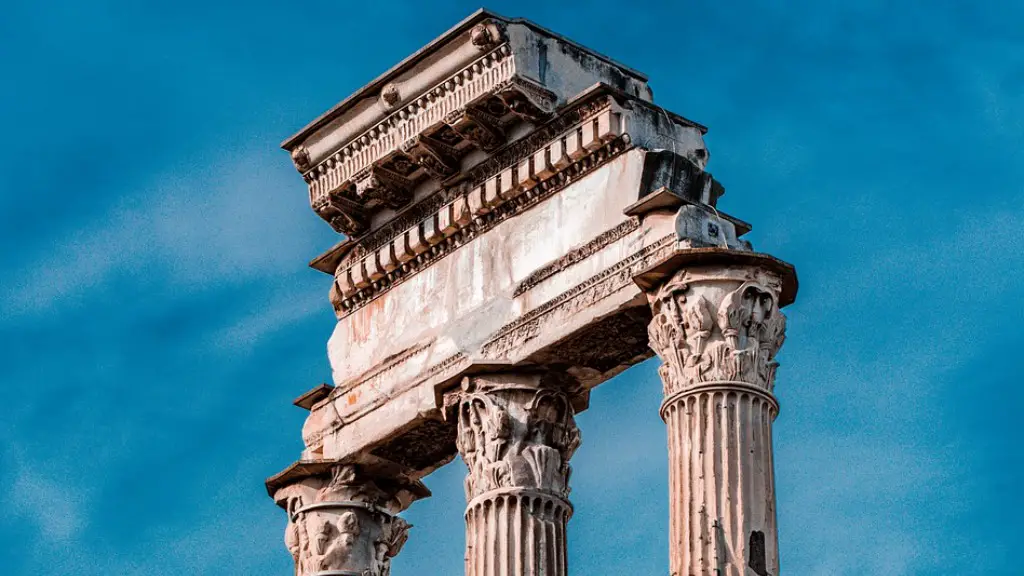The significance of verism in Ancient Rome was pervasive. It was an artistic practice that had profound implications and influence on social and political life, particularly during the Classical period (509 – 27 BC). Verism in ancient Rome represented a cultural ideal that focused on a literal representation of social life and politics, a commitment to realism and a rejection of traditional mythology as a representation of reality. This article will explore the history of verism, its social implications and how it impacted Rome’s politics, culture and art.
Origins of Verism in Ancient Rome
The veristic style of art is thought to have developed in Rome, during the 6th century BC, shortly after the introduction of the more world renown freestanding marble sculptures. The new art form was a representation of everyday life, with a focus on realism and a rejection of the traditional ideal of art’s mythical and religious roots. Images that depicted the nobility of people, the hardship of labour, the effort of war and the hard-lived life were a way to distinguish social and political life as separate from mythical and religious iconography. Verism was a reaction to the old and widespread mythology in Roman culture, and it represented a valid alternative to traditional decorative art.
Social Policy and Politics of Verism
Verism was used to depict social and political policy in the Roman Republic, with images depicting the military success of the country, and images of gods being replaced with real people representing Roman life. It was used to advertise successes and to inspire patriotism. Verism also conveyed a more subtle message about society, one that was in favor of education, meritocracy and social progress. The art form was also used as propaganda to promote popular political philosophy as well as a mode of control, as the images of gods were replaced with images of real, powerful people in Roman society.
The Impact of Verism on Roman Culture
The veristic style of art had a lasting impact on Roman culture. Not only did it represent a valid alternative to mythical and religious iconography, it also embodied the core values of Roman society, such as personal achievement and meritocracy. It also inspired patriotism and national pride in the Roman Republic. The significance of verism in Ancient Rome is still evident to this day, with its influence present in modern art, politics and societal structure
The Style of Verism in Ancient Rome
Veristic sculpture was distinct from traditional sculpture due to its focus on realism. This included realistic body proportions, art that depicted the hardships of labour, pain and struggle instead of traditional heroic depictions. Veristic art also usually portrayed its subjects in exaggerated and exaggeratedly simple manifestations, reducing them to their bare human form. As verism focused on the realistic portray of people, it was often used to depict political fights and struggles, helping to create an emotional bond between the public and the nobility.
The Reception of Verism by Rome
Although the verism art form was met with mixed reception, its purpose in Ancient Roman society was undeniable. It contributed to patriotism and national pride, as well as providing an emotional bond between the public and the nobility. Veristic art also changed the definition of art and its symbolism, which had the potential to be used for political and social progress. The art form continues to have a significant impact to this day, with modern art often taking inspiration from its forefather.
Verism’s Influence on Politics
Verism was also used to influence political decisions and to promote new policies. The importance of verism in Ancient Rome was closely connected to the strength of the Roman Republic and its ambition to achieve glory. It was used to promote political figures and policies, as well as to emphasize the power of Rome over the rest of the Mediterranean. Verism was used to both oppose and support leaders, and it has been claimed to have had a direct influence on the success of a particular political faction.
Verism’s Impact on Art
Verism also had an impact on the development of art in Ancient Rome. It presented an alternative to traditional sculpture, one that focused on realism and an accurate representation of everyday life rather than mythology. This new aesthetic emphasized the human form, natural emotions, and the everyday lives of ordinary people, and it eventually became the dominant art style of the Roman Republic. Verism is still influential today, and it has been used as the basis for a variety of modern art styles, from Abstract Expressionism to Pop Art.
Conclusion and Impact of Verism
Verism was a unique and powerful art form that had a profound impact on Ancient Rome. It was used to depict the everyday life of ordinary people and to convey a sense of realism and political power. Veristic art helped to create an emotional bond between the public and the nobility and it promoted new political policies and ideologies. Its influence is still evident to this day, in modern art, politics and societal structure. The importance of verism in Ancient Rome cannot be underestimated and its legacy continues to live on.


